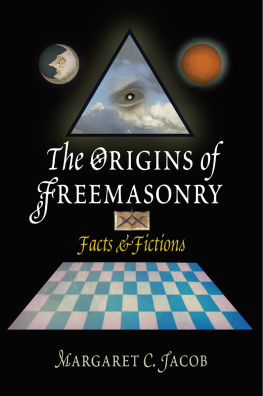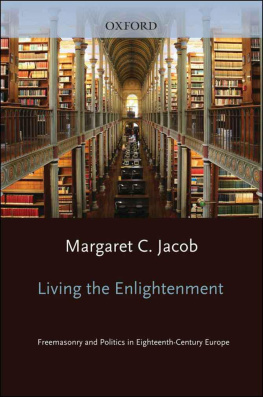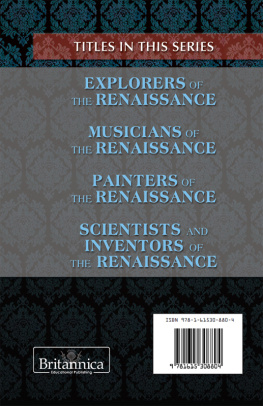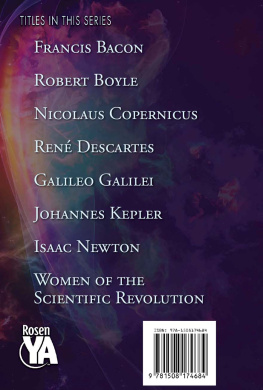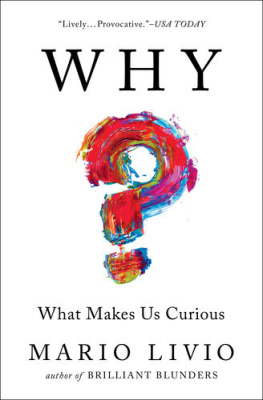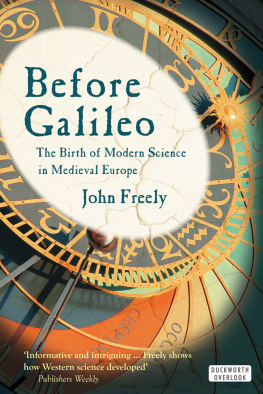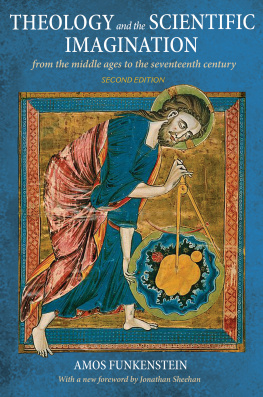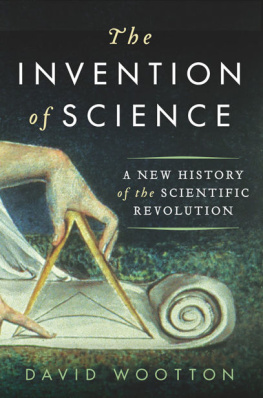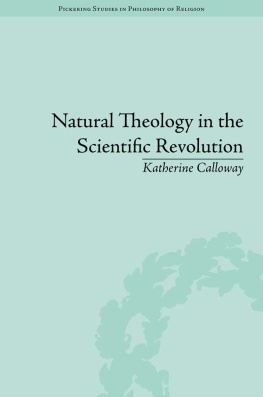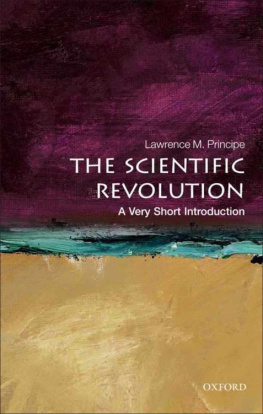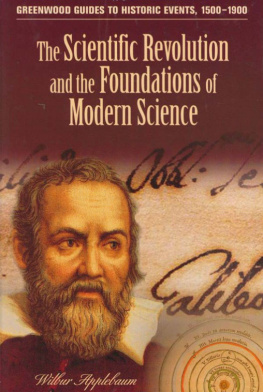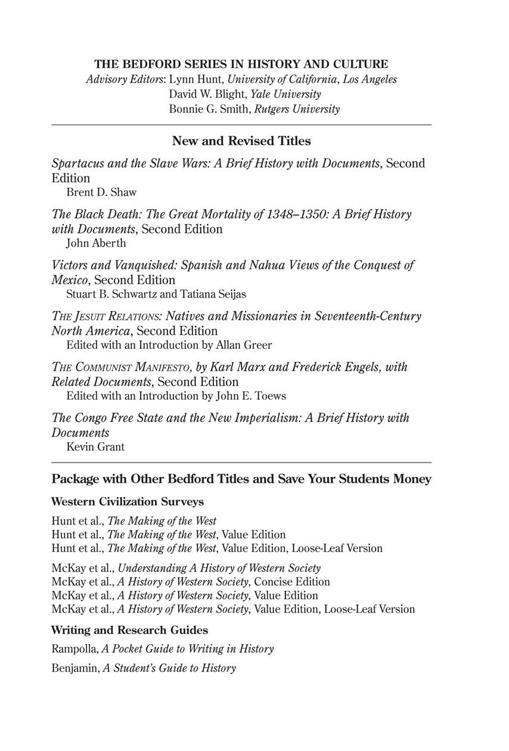
THE BEDFORD SERIES IN HISTORY AND CULTURE
The Scientific Revolution
A Brief History with Documents
SECOND EDITION
THE BEDFORD SERIES IN HISTORY AND CULTURE
The Scientific Revolution
A Brief History with Documents
SECOND EDITION
- Margaret C. Jacob
- University of California, Los Angeles

For Bedford/St. Martins
Vice President, Editorial, Macmillan Learning Humanities: Edwin Hill
Senior Program Director for History: Michael Rosenberg
Senior Program Manager for History: William J. Lombardo
History Marketing Manager: Melissa Rodriguez
Development Editor: Mary P. Starowicz
Editorial Assistant: Belinda Huang
Content Project Manager: Lidia MacDonald-Carr
Senior Workflow Project Supervisor: Joe Ford
Production Supervisor: Robin Besofsky
Senior Media Project Manager: Michelle Camisa
Manager of Publishing Services: Andrea Cava
Project Management: Lumina Datamatics, Inc.
Composition: Lumina Datamatics, Inc.
Permissions Manager: Kalina Ingham
Permissions Associate: Michael McCarty
Text Permissions Research: Arthur Johnson, Lumina Datamatics, Inc.
Director of Design, Content Management: Diana Blume
Cover Design: William Boardman
Cover Art: Frontispiece of Dialogus De Systemate Mundi by Galileo (15641642), published in Leyden 1635 (engraving) (b/w photo)/Dutch School, (17th century)/INDIVISION CHARMET/Bibliotheque Nationale, Paris, France/Bridgeman Images
Copyright 2019, 2010 by Bedford/St. Martins.
All rights reserved. No part of this book may be reproduced, stored in a retrieval system, or transmitted in any form or by any means, electronic, mechanical, photocopying, recording, or otherwise, except as may be permitted by law or expressly permitted in writing by the Publisher.
123456232221201918
For information, write: Bedford/St. Martins, 75 Arlington Street, Boston, MA 02116
ISBN 978-1-319-23037-1 (mobi)
Acknowledgments
Text acknowledgments and copyrights appear at the back of the book on pages 13536, which constitute an extension of the copyright page. Art acknowledgments and copyrights appear on the same page as the art selections they cover.
Foreword
The Bedford Series in History and Culture is designed so that readers can study the past as historians do.
The historians first task is finding the evidence. Documents, letters, memoirs, interviews, pictures, movies, novels, or poems can provide facts and clues. Then the historian questions and compares the sources. There is more to do than in a courtroom, for hearsay evidence is welcome, and the historian is usually looking for answers beyond act and motive. Different views of an event may be as important as a single verdict. How a story is told may yield as much information as what it says.
Along the way the historian seeks help from other historians and perhaps from specialists in other disciplines. Finally, it is time to write, to decide on an interpretation and how to arrange the evidence for readers.
Each book in this series contains an important historical document or group of documents, each document a witness from the past and open to interpretation in different ways. The documents are combined with some element of historical narrative an introduction or a biographical essay, for example that provides students with an analysis of the primary source material and important background information about the world in which it was produced.
Each book in the series focuses on a specific topic within a specific historical period. Each provides a basis for lively thought and discussion about several aspects of the topic and the historians role. Each is short enough (and inexpensive enough) to be a reasonable one-week assignment in a college course. Whether as classroom or personal reading, each book in the series provides firsthand experience of the challenge and fun of discovering, recreating, and interpreting the past.
Lynn Hunt
David W. Blight
Bonnie G. Smith
Preface
Every aspect of life in our globally connected world has been profoundly shaped by science. We understand the content of food by reference to chemistry and calories; we regulate human reproduction often by recourse to chemicals; we appeal to a scientific understanding of the human body to ensure health and longevity; and, not least, we make war scientifically as well as technologically. None of this would be possible if not for the Scientific Revolution of the sixteenth through the eighteenth centuries. Despite the general understanding of the world-altering significance of the Scientific Revolution, the average instructor is hard pressed to find a book that combines a concise yet thorough introduction with relevant documents for use in a survey class. This book provides students and instructors with a unique volume that combines a scholarly yet accessible introduction with a collection of wide-ranging documents that illuminate the scientific work done in astronomy, physics, mechanical philosophy, scientific method, biology, and medicine, while also paying attention to the public controversies over and eventual acceptance of the new science.
The introduction in Part One reveals that before nature could be understood in new ways, certain basic philosophical concepts had to be put in place atoms, mechanical action, and experimental techniques, just to name a few. For these new concepts to be accepted, old ideas and philosophies in particular, the ideas of Aristotle, Ptolemy, and their largely clerical supporters had to be discarded. This struggle to put in place a new understanding of nature began with Nicolaus Copernicus (14731543) and culminated in the spectacular discoveries of Isaac Newton (16421727). Yet, even after Newtons death, it remained for future generations to build on and popularize the new science. In the process, people were arrested and imprisoned, books were banned, and careers were ruined such was the nature of the struggle.
The documents in Part Two provide some of the foundational texts that put in place what is now accepted as a scientific understanding of the natural world in particular, physical entities and the human body. The documents represent the many facets of the new science, including works in astronomy, physics, mechanical philosophy, scientific method, biology, and medicine. Organized chronologically, they illustrate the steps along the way to the transformation of science: the belief that knowledge is progressive and the modern is better than the ancient; the increasingly achievable goal of relieving human suffering through experiment and medicine; the uniformity of all matter whether on earth or in the heavens; the rational self and not dogma as the arbiter of truth; the virtue of careful and painstaking observation, recording, and illustration for the use of others; and the application of mathematics to movement and change.
This second edition highlights the influence of religion on the course of scientific development, with three new documents and an updated introduction that illustrate the difficulty of engaging, discarding, or assimilating previous religious paradigms in the name of progress. The addition of Galileo Galileis


